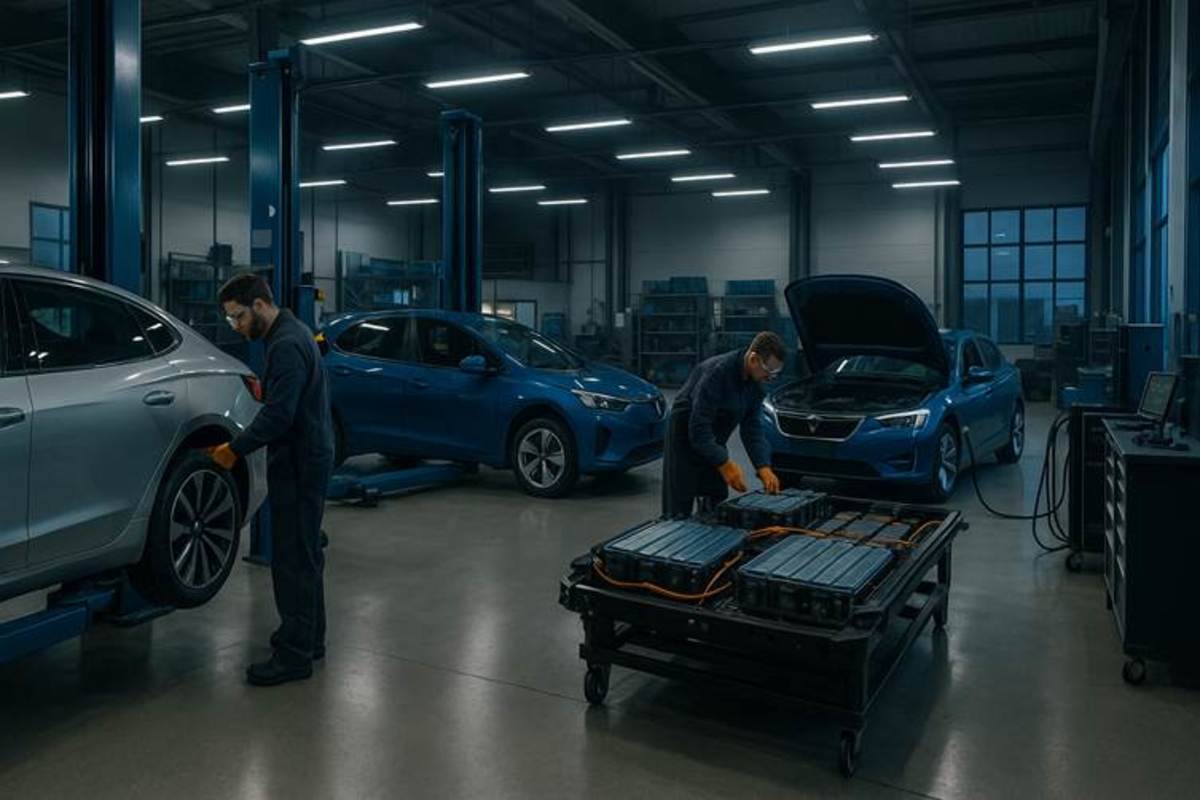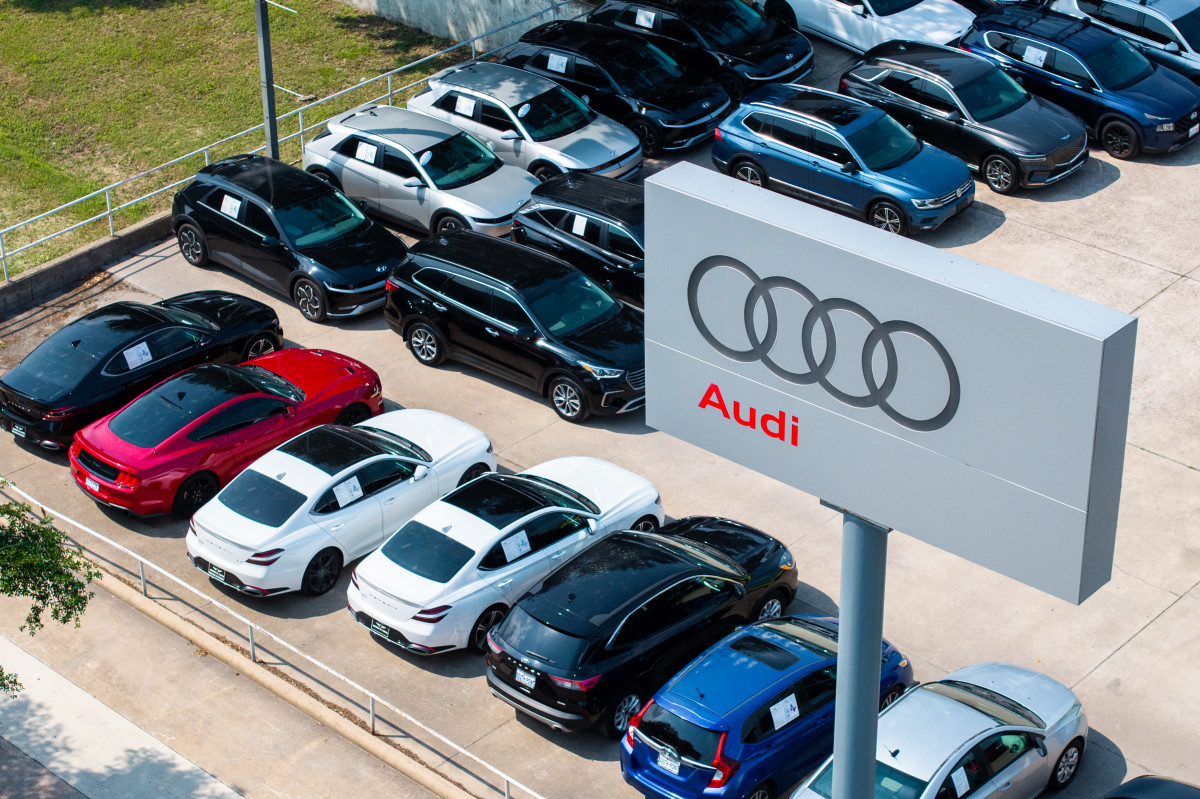Brian Iselin
Step into a modern auto shop and you’ll find technicians poring over live battery data on tablets, calibrating LiDAR sensors with laser precision, and 3D-printing custom brackets on the fly. Gone are the days of grease-stained overalls and guesswork. The U.S. automotive repair and maintenance market was valued at approximately $183.5 billion in 2023, with continued growth projected through 2032. The ADAS calibration service market is expected to grow at a compound annual growth rate (CAGR) of 12.4% from 2025 to 2032, reaching $3.15 billion by 2032. Today’s garages have transformed into high-tech labs. Drivers now expect advanced safety checks and electric-vehicle expertise, and the best shops deliver with cloud dashboards, rapid prototyping, and digital diagnostics that keep cars—and their owners—moving confidently into the future.
Diagnostics Bay Meets Data Lab
Technicians plug in OEM-grade scan tools that stream ECU data to central servers. They monitor battery state-of-charge curves, voltage sag under load, or coolant-temperature trends from previous road tests. Cloud-based platforms flag anomalies before a breakdown lands a tow truck on the highway. Shops treat these logs like experimental data: they diagnose intermittent misfires by spotting patterns across dozens of vehicles.
EV Service Workshop
Electric-vehicle maintenance no longer revolves around oil changes. Technicians inspect battery modules with thermal imaging, verify cell balance, and test regenerative-braking systems with specialized rigs. They update battery-management software and confirm proper cooling-pump operation under simulated loads. Shops invest in insulated gloves and lockout-tagout protocols to handle high-voltage circuits safely.

ADAS Calibration Room
Nearly 98 million U.S. vehicles now feature ADAS. Every windshield replacement or suspension tweak can misalign cameras and radar. Shops deploy precise calibration rigs: optical targets, radar reflectors, and alignment platforms that position vehicles within millimeters. They run static and dynamic calibrations per OEM specs. Insert “ADAS calibration setup image” here. These procedures prevent lane-departure false alerts or misread obstacles. Technicians update calibration software regularly, ensuring each sensor array ‘sees’ true road geometry.
Fabrication and Rapid Prototyping
Sometimes parts arrive late or not at all. Modern shops embrace desktop 3D printing for non-structural components: custom brackets, sensor mounts, or trim clips. They machine small adapters on CNC mills for aftermarket upgrades or retrofit kits. This approach speeds repairs and reduces downtime. Technicians treat CAD files like lab blueprints, tweaking dimensions to fit each model.
Networked Workflow and Security
Connected-shop management systems track work orders, parts inventory, and technician hours. IoT-enabled tool platforms report torque counts on critical fasteners, ensuring bolts meet spec. Shops segment their networks to protect vehicle data and customer information. They install secure Wi-Fi for OEM update downloads and remote diagnostics while guarding against cyber threats.

Real-World Recommendations for Enthusiasts
When choosing a service center, ask whether their “science lab” offer:
- OEM-level scan tools with cloud integration for comprehensive diagnostics.
- EV-safe bays equipped with insulated tools and battery-test equipment.
- Certified ADAS calibration rigs meeting OEM tolerances.
- In-house rapid-prototyping for urgent or rare-part solutions.
- Secure network practices for over-the-air updates and data privacy.
Yes, today’s service garage often resembles a lab more than a grease-stained bay. Yet amid diagnostic dashboards and calibration rigs, the goal remains simple: get drivers back on the road safely and confidently. Do you trust a shop that treats your car like a data set or one that still relies on guesswork? In the end, the measure of a modern garage lies in miles driven without worry—because every precise calibration and timely repair fuels the thrill of the next drive.







